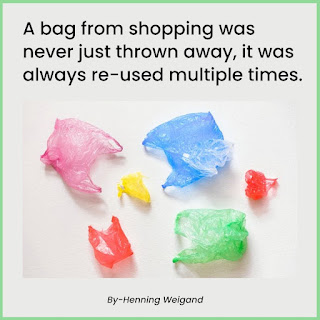You have certainly heard about the guiding principles of sustainable Packaging: Reduce – Reuse – Recycle. The most sustainable pack is no pack, at all, so the best thing we as the Packaging experts can do, is make ourselves obsolete. If a pack cannot be avoided, the next best thing is to reuse it as often as possible (with a pack designed for circularity). In this case aspects such as a return supply chain and a possible cleaning process and the associated Carbon footprint need to be taken into account.

Once a pack has been re-used multiple times and the pack properties deteriorate below a certain level, the third best thing to do is to Recycle, which is a mechanical or chemical process requiring scale, logistics, waste management and treatment. Yet, we need to make sure, we compare apples with apples: In a linear economy, brand owners often do not involve enough yet with what their customers do with the pack after sale, so any follow up cost is not calculated into the business case and carbon footprint case.
In the case of circularity through Reuse and Recycling the circular collection logistics, treatment and re-distribution and the associated cost and carbon footprint are calculated in. Although normally I am not a fan of regulation, in this case I am convinced it is necessary, to avoid any tradeoff dilemmas to the above.
These days, governments talk about plastics taxes (EU, Italy, UK, many others…). This is focused on recycling only, although this – in my view – is only the 3rd best option after Reduce and Reuse.

Why set the incentive only on recycling? Although the intention might be good, it sounds a bit like the intent is to generate higher taxes rather than achieving a true sustainable change. What created a true change are things, which were in place long before: An example are the regulations, which the visionary politician Klaus Toepfer (CDU party) put in place in his time as Germany’s minister for the environment between 1987 and 1994 are still considered a role model across the Packaging world 30 years later. Let’s revive and enhance those.
Article by Henning Weigand







%20is%20the%20best%20option.%20Wherever%20it%20is%20possible%20and%20it%20makes%20sense,%20avoidingreducing%20is%20what%20we%20should%20aim%20for..jpg)










.jpg)








